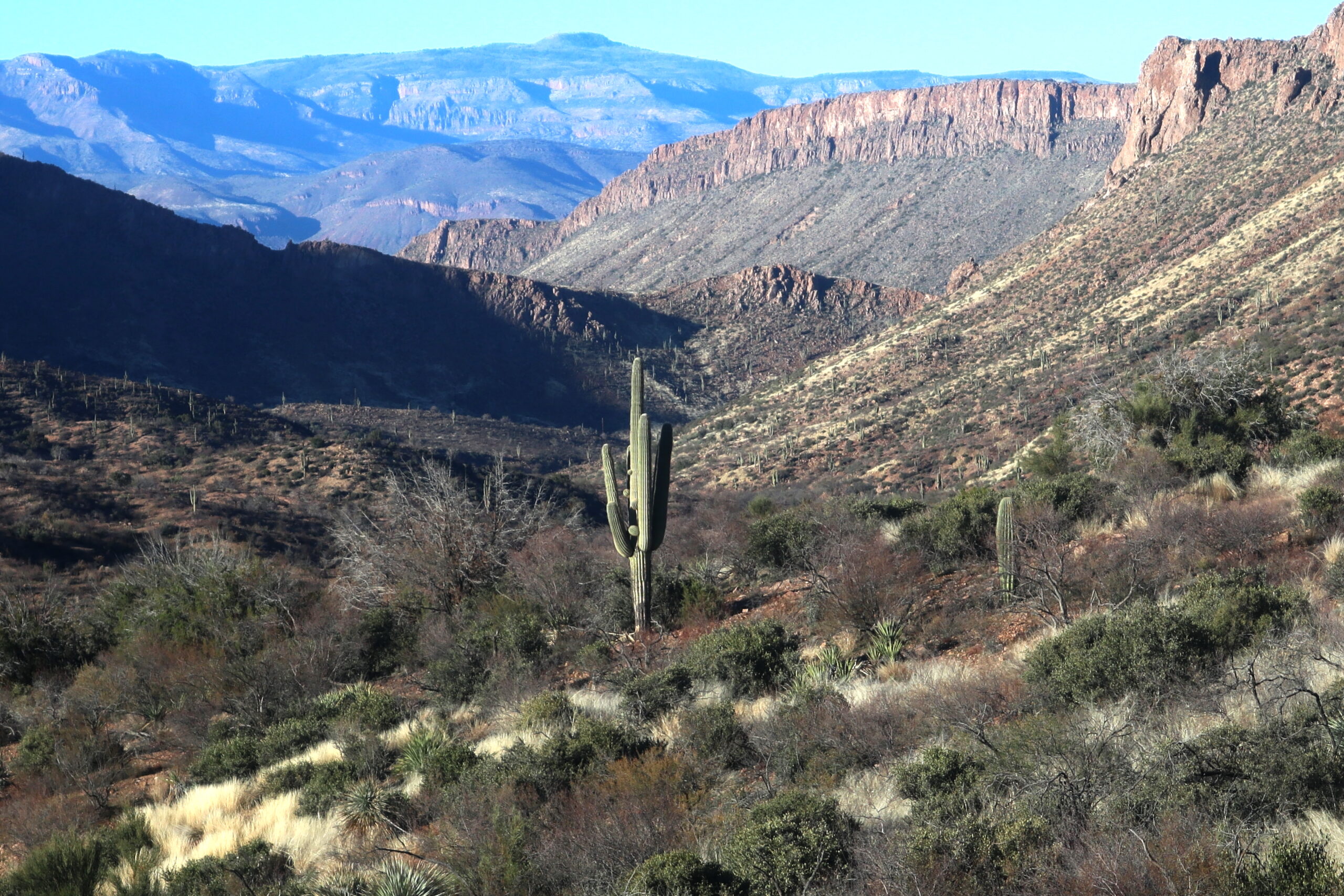
encountered such a long and deep period of water scarcity that science predicts will grow steadily more severe. (Photo/Keith Schneider)
Due to the first-ever formal federal water shortage declaration issued in August 2021, Colorado River deliveries to Arizona this year are cut more severely than in any state. Arizona will lose 170 billion gallons. That’s a third of the water that is transported each year in the Central Arizona Project, and 8% of the state’s annual water consumption.
More losses are projected. The U.S. Bureau of Reclamation warns that Colorado River flows will continue to drop. Deliveries to Arizona, which received almost 40 percent of its water from the Colorado before this year, will soon be cut again. Â
Those data points formed the basis of a reporting project I just completed for Circle of Blue on the water supply challenges faced by a state that over the last 70 years has grown faster than almost any other and has reached the pinnacle of its economic influence and residential appeal. Arizona in 2022 reflects the wealth and power of one of the world’s greatest-ever desert civilizations, the capacity to harness the energy of pure American capitalist exuberance. Arizona also is a case study on how climate change, extreme heat, and deepening drought can dry up and drive out what’s been built. The project’s reporting was supported by a fellowship from Stanford University’s Bill Lane Center for The American West.
What’s immediately clear after 30 days of frontline reporting in Arizona in January is that the challenge that lies ahead for the Grand Canyon State is prodigious even though, to some extent, Arizona anticipated the peril of the water shutoff and deepening water scarcity. During the past four decades, elected, business, and farm leaders developed water management policies meant to conserve freshwater aquifers, share water between cities and farmers, balance groundwater use with recharge rates, and promote water-stingy farm practices.
In effect, Arizona’s effort to conserve water amounts to a unified model for countering the effects of dire drought and climate change. The logic is plain. Arizona relies on its water conservation measures to tame nature’s power — magnified by climate change — to dry rivers, deplete reservoirs, drain aquifers, and reclaim the desert.
The question I wanted to answer is: will it work? Will Arizona’s water conservation campaign be effective enough to counter the state’s treacherous drying trend? My conclusion: It won’t unless. Unless Arizona lawmakers and citizens reach agreement on a cascade of policy changes to conserve more water, transport water around the state, and investment in expensive infrastructure to harvest and store rain and snowmelt. What also is plain is that the cost of water will increase sharply. With the needed policy reforms and investments, water is almost certain to cost more than electricity by mid-century. That will diminish the state’s competitiveness as a place to live and do business. Arizona’s greatest concern, that growth will slow or end, is at hand.
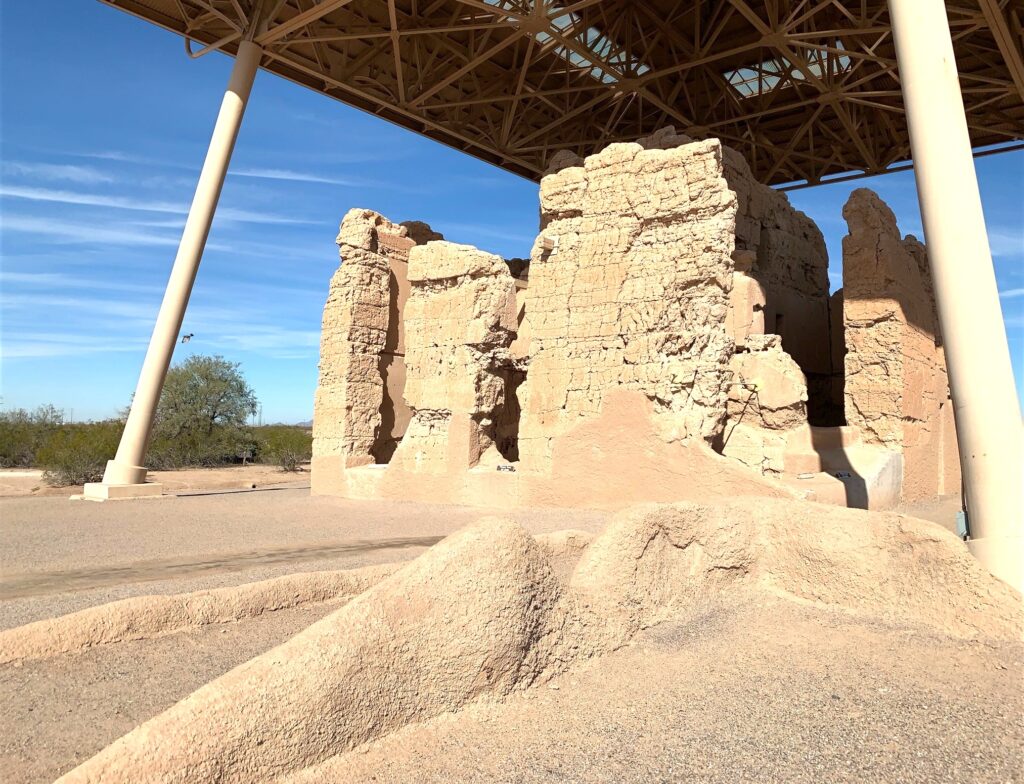
Scientists theorize heat and drought were responsible. (Photo/Keith Schneider)
And that project future shock outcome is timely and surpassingly relevant now to Arizona, and for that matter other water-scarce Southwest desert states. Arizona promotes its water conservation program as the best in the West. The state promotes a data point — annual water consumption is below the 1957 peak when 6 million fewer people lived there — intended to instill confidence in its capacity to conserve. The figure, though, disguises the fact that 200,000 fewer acres of farmland are irrigated because houses replaced crops. The water consumption figure also impedes the willingness of Arizona’s elected officials, business leaders, and farmers to aggressively engage the urgent confrontation between policy, politics, and nature. It’s a question of momentous relevance. Can the desert civilization Arizonans built in a place with 9 inches of rain and summer temperatures above 105 F endure?
What I found led me to these conclusions about Arizona in mid-21st century:
The state’s powerful resolve to keep growing is confronting much more potent limits on its water supply, the essential resource for attracting and supporting a civilization that is now at the peak of its human appeal and economic influence.Â
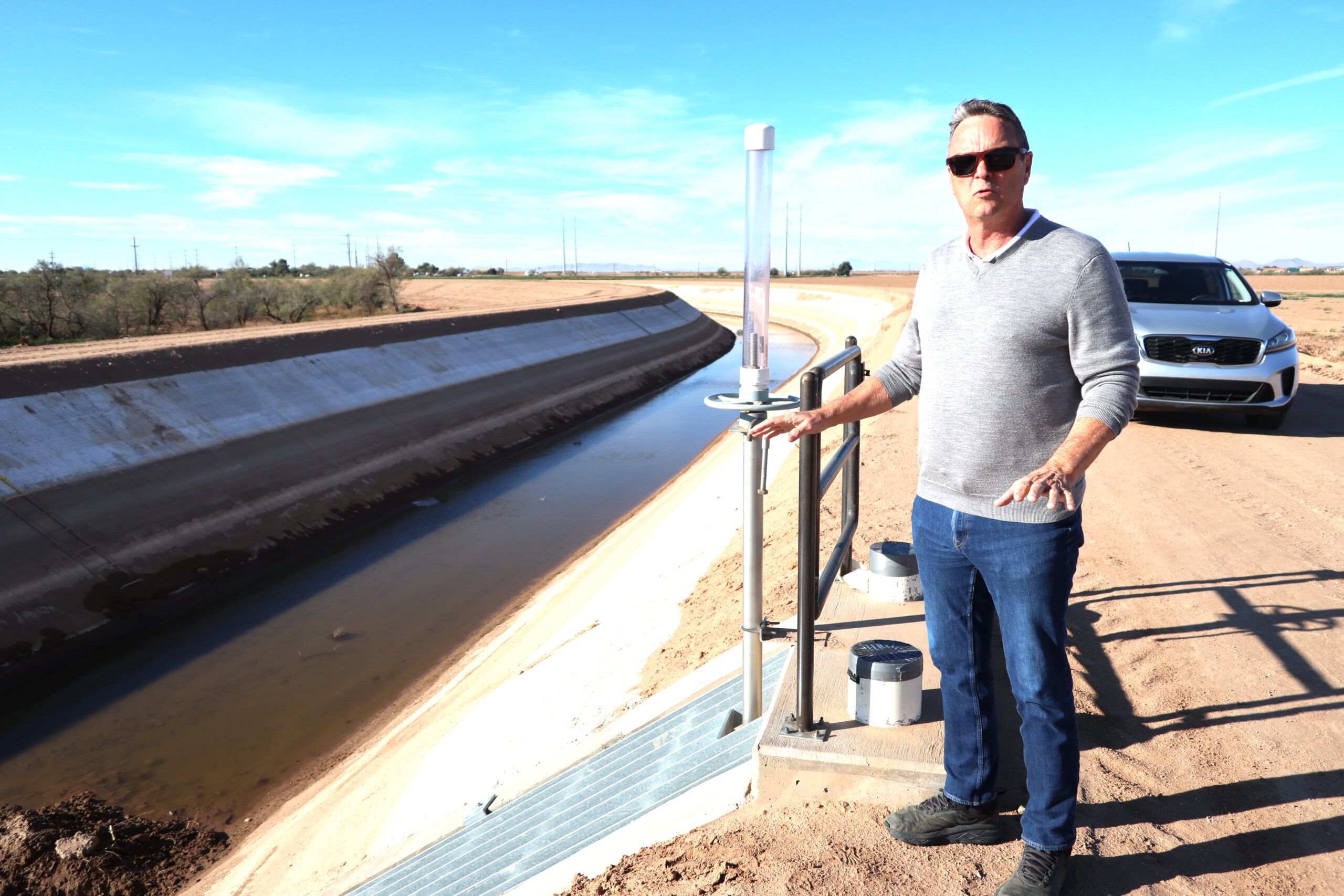
oversees the work to line canals to conserve water. (Photo/Keith Schneider)
Extreme heat and deeper drought are forcing a reckoning. Over the next generation governments, farms, residents, and businesses will have to adjust to the new conditions. The challenge is immense. The bar for measuring success is high and terrifically difficult, especially viewed in this era of disruption, diversion, and dissent.
What will Arizona be like in 2060?
A reasonable projection is a state of active farm regions — Yuma, Pinal County, and Native American reservations — that cultivate half the number of irrigated acres that they do now.
The Tucson and Phoenix metro areas are smaller in order to better balance demand and available water supply. Homeowners and small businesses pay more for water than they do for electricity, a factor in diminishing the region’s economic competitiveness and residential allure.
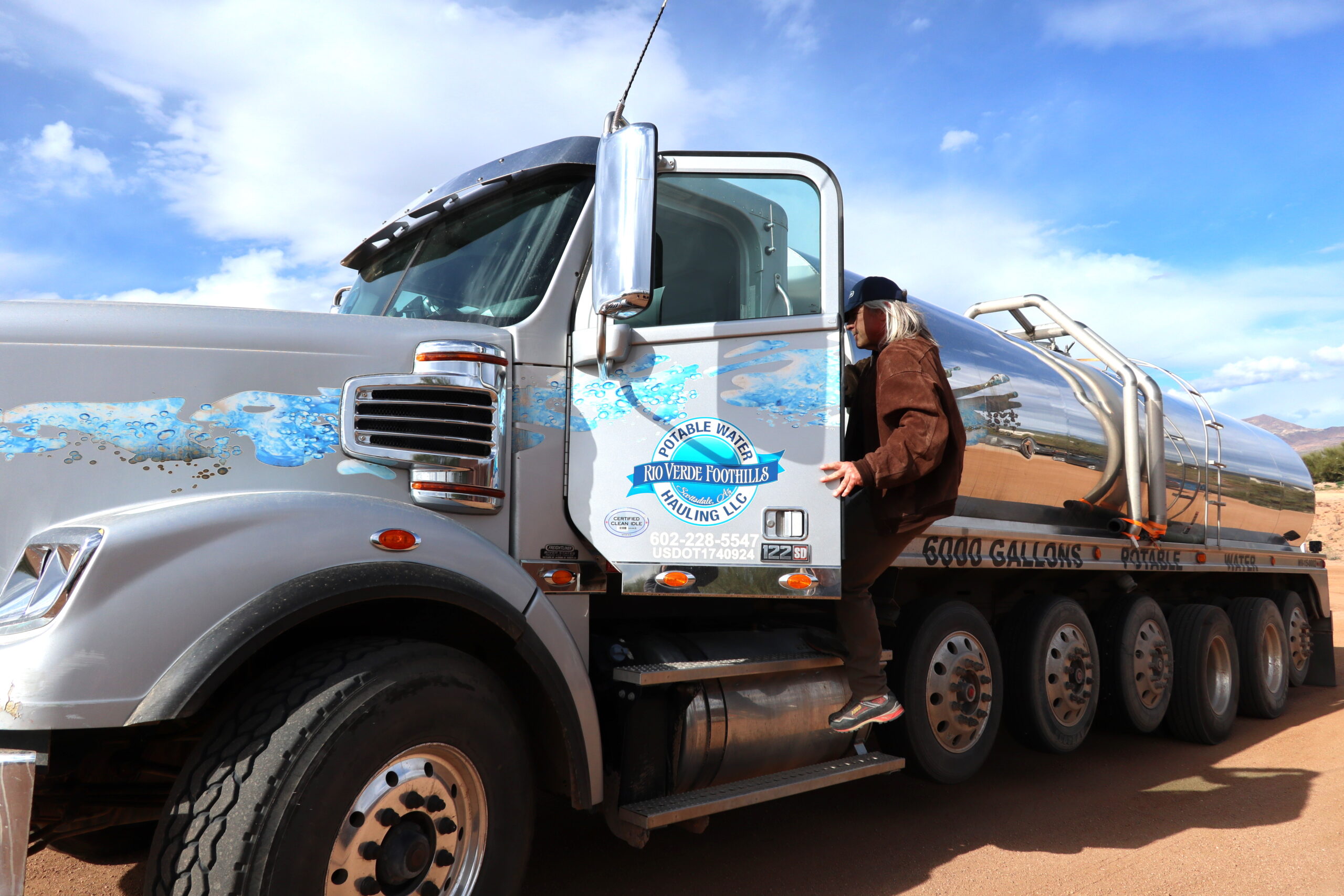
Native American tribes that hold 2 million acre-feet of secure water rights will have built impressive desert economies and elevated to the top tier of policy influence and economic wealth.
Beaten by heat and drought, Arizona’s rural regions are a scorched landscape of expanding desert and empty towns where farmers and residents once lived in more hospitable conditions.
— Keith Schneider
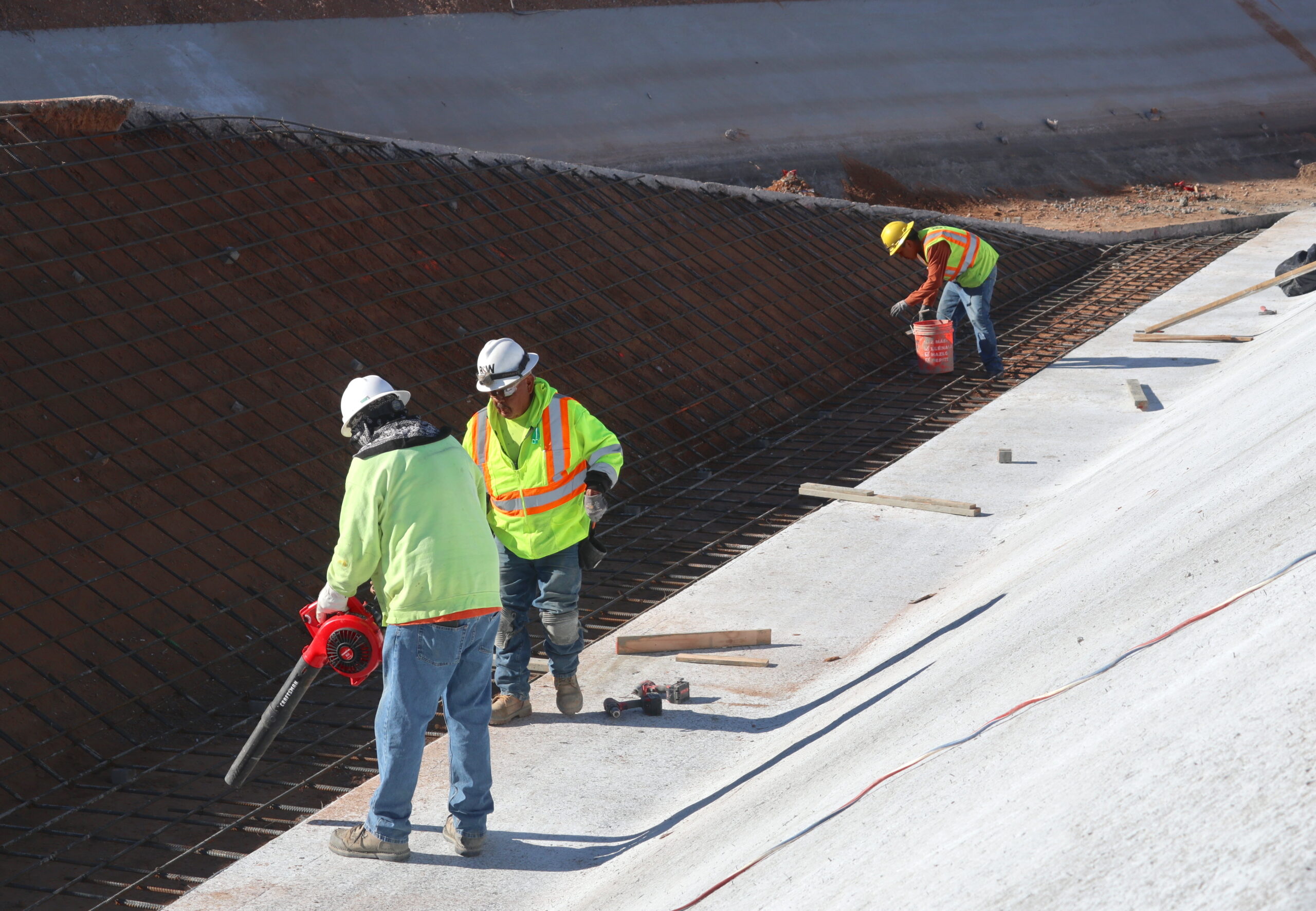
Lining irrigation canals in Pinal County 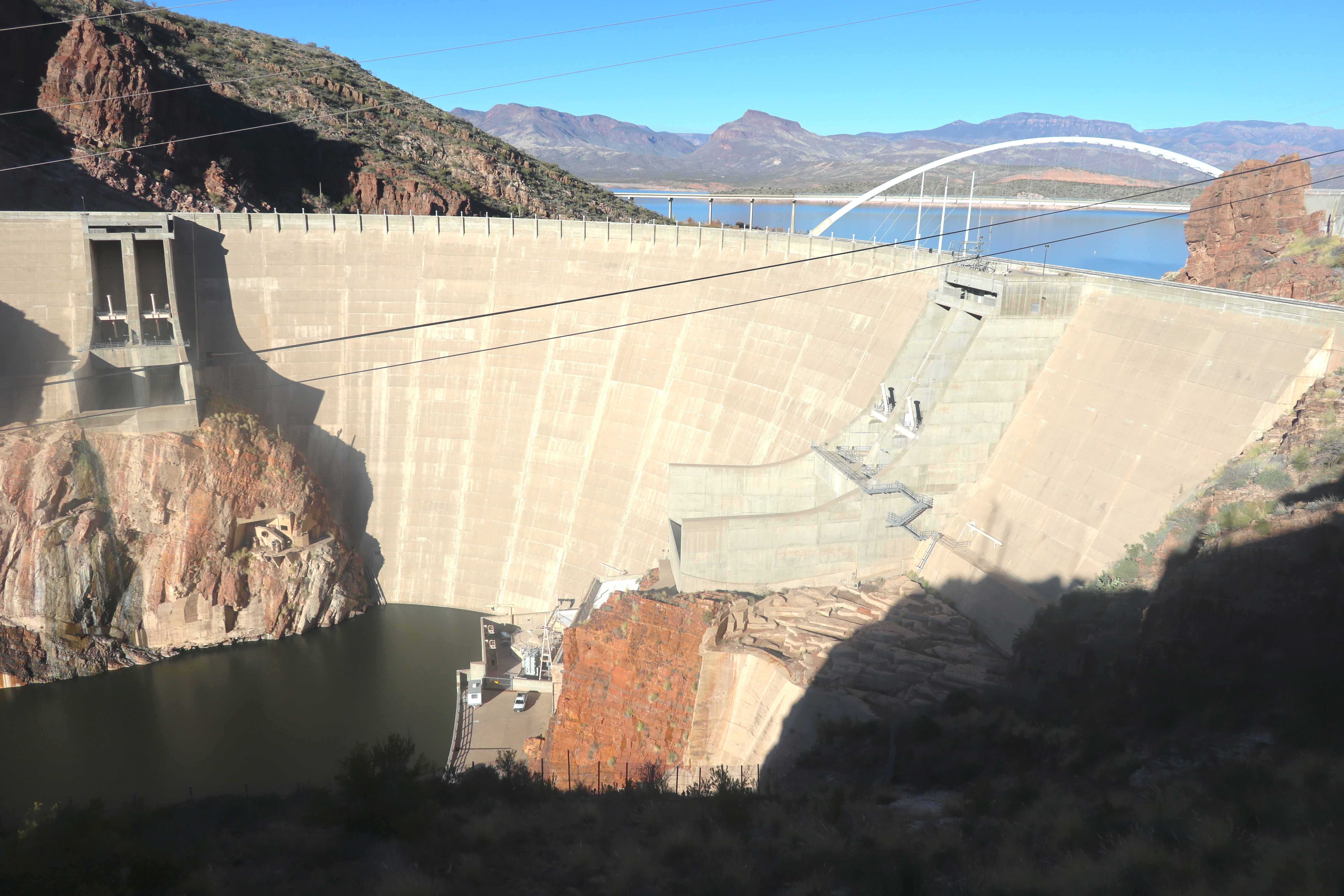
Roosevelt Dam, which holds the water supply for Phoenix. 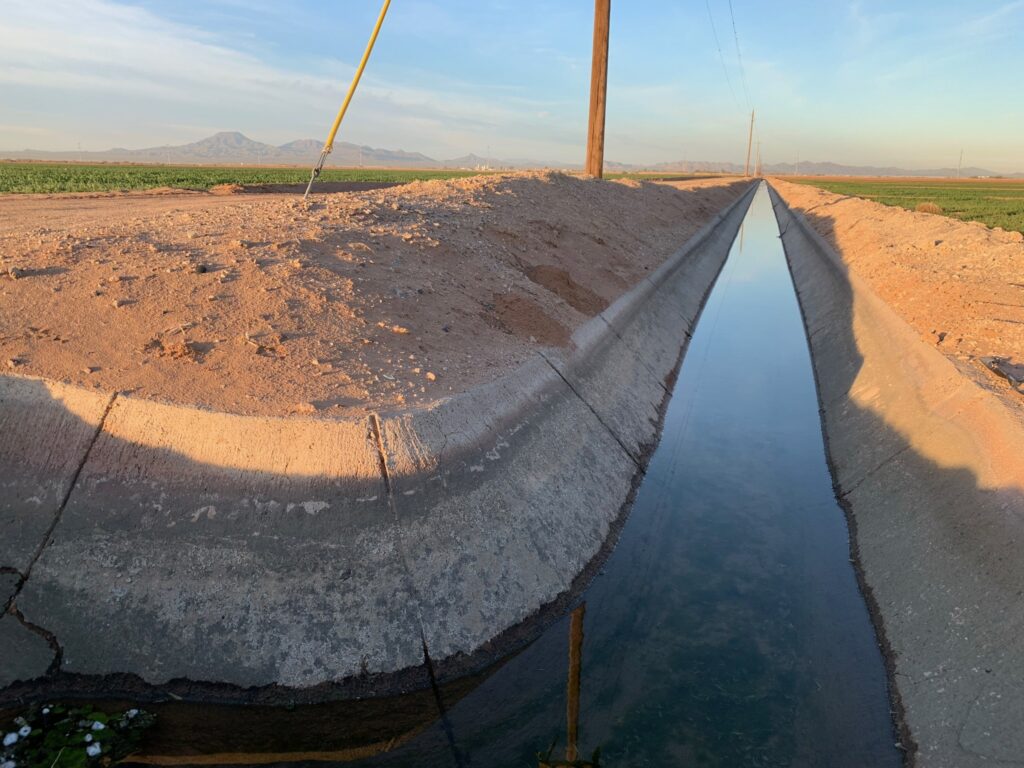
Irrigation canal for Pinal County, one of the biggest farm counties in the U.S. 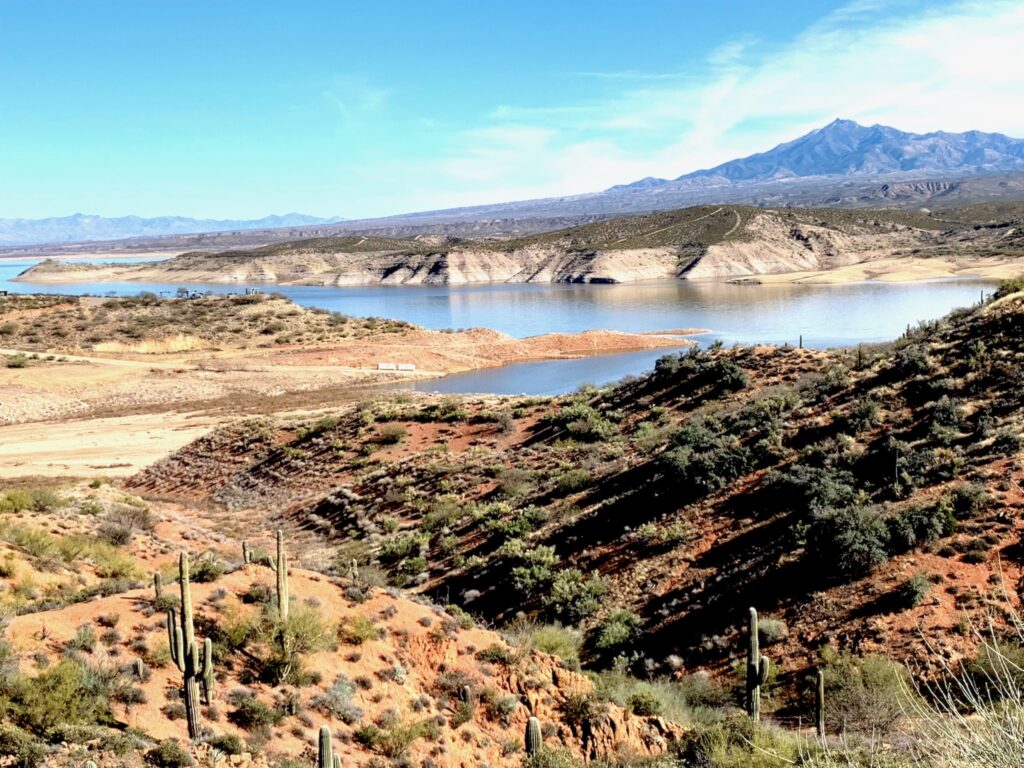
San Carlos Reservoir in the mountains east of Phoenix is 93 percent empty. 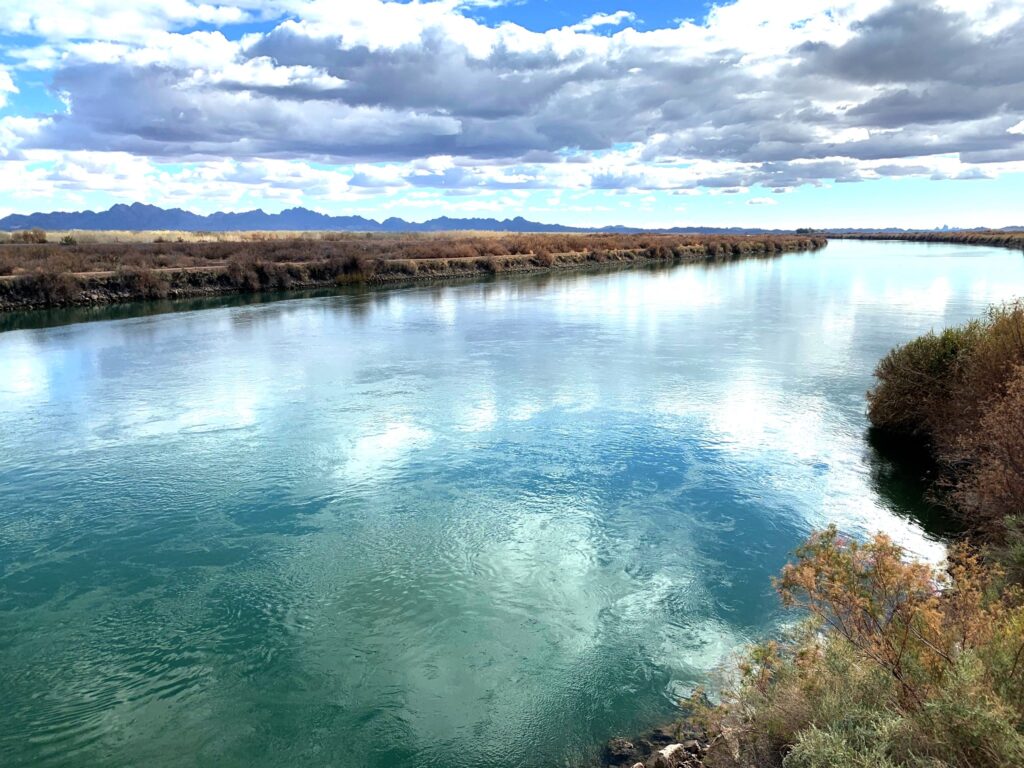
Colorado River near Cibola, Arizona 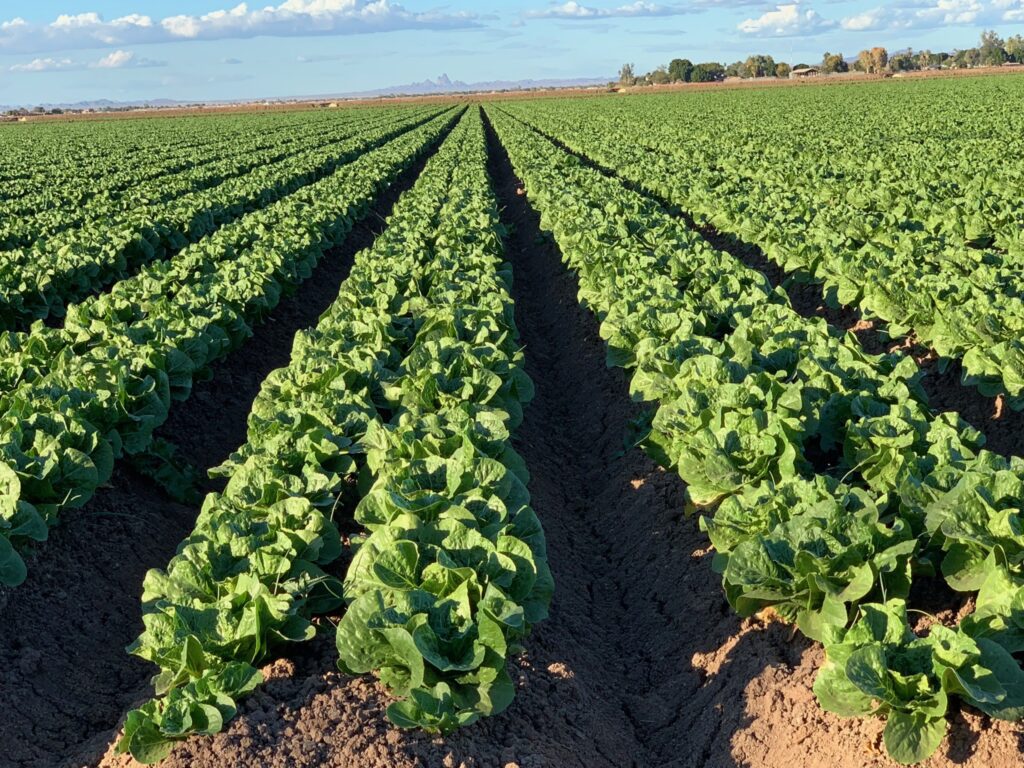
Yuma farm field in winter leafy green production center for the U.S.
.
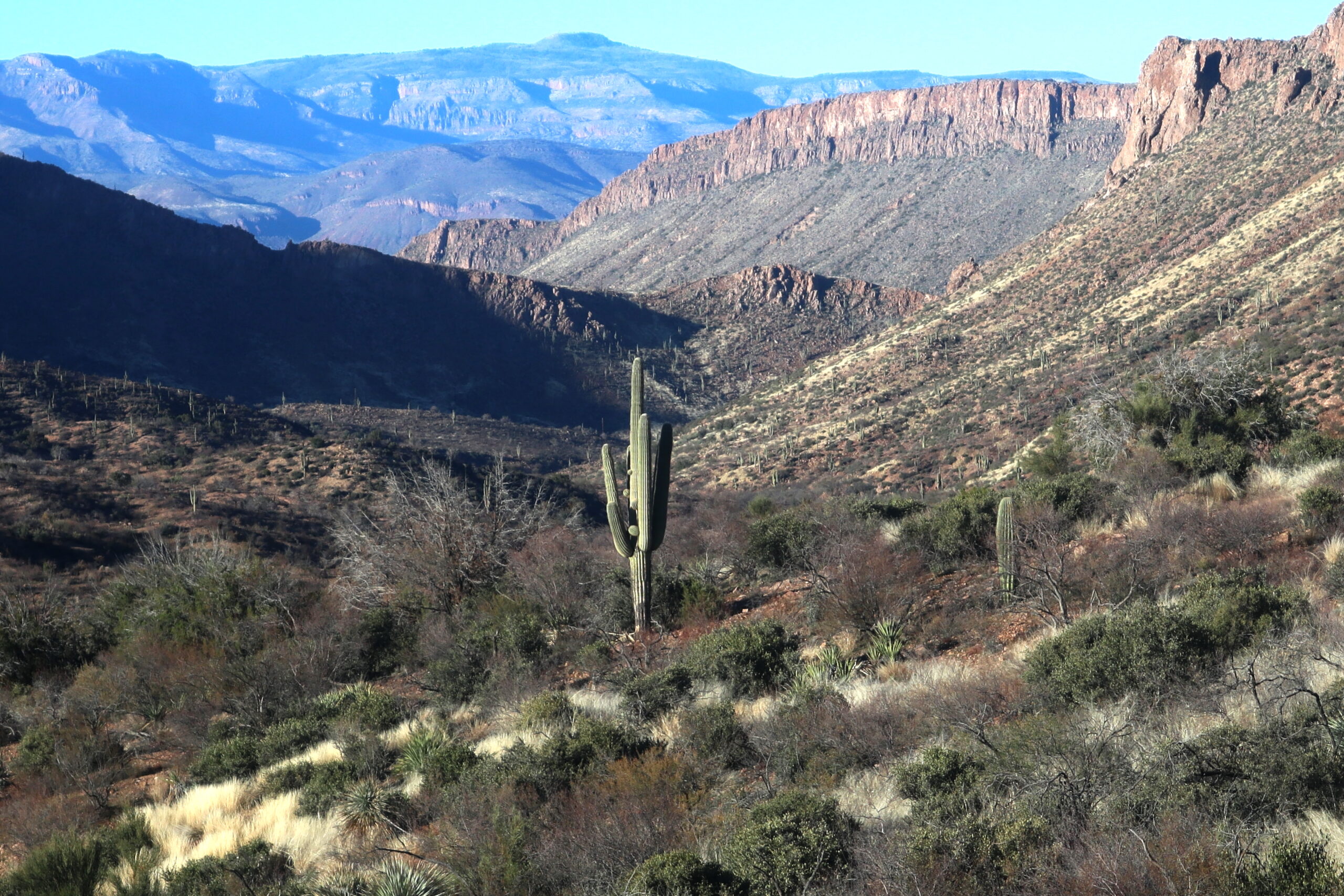
Superb article, I was referred to you by my good friend Dan Sturges. I was curious if you can lend any articles that talk about the southern portion of Arizona with the large aquifers over in Sonora Elgin area. I’m asking because I’m attempting to strategically think long-term mindful business down there and I’m curious if it even makes sense based on this article. Perhaps I need to look elsewhere?…Best Boris